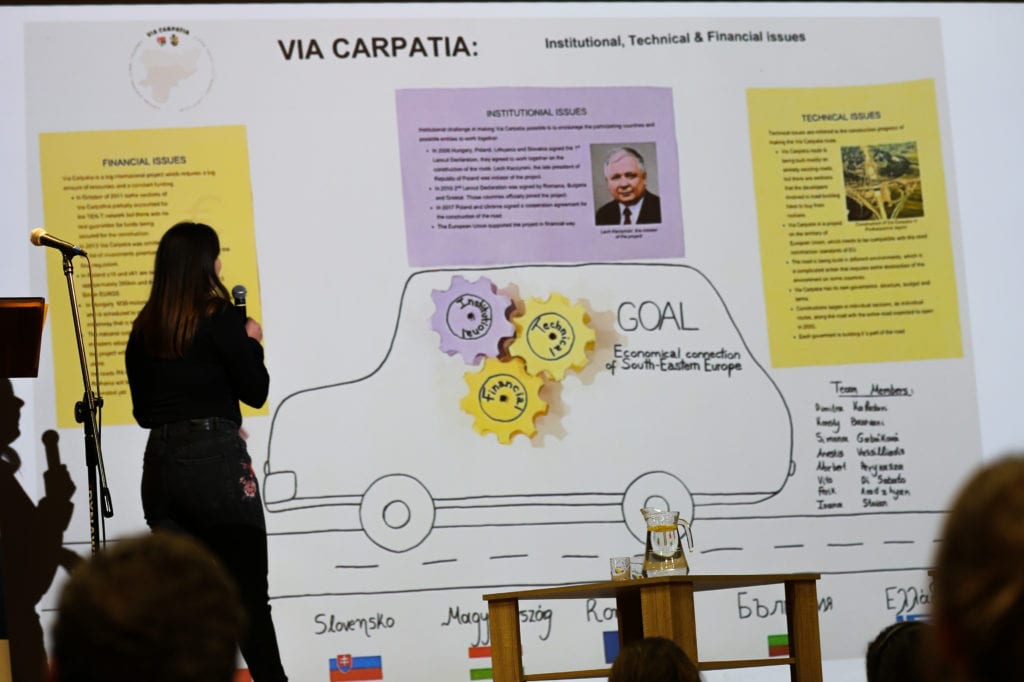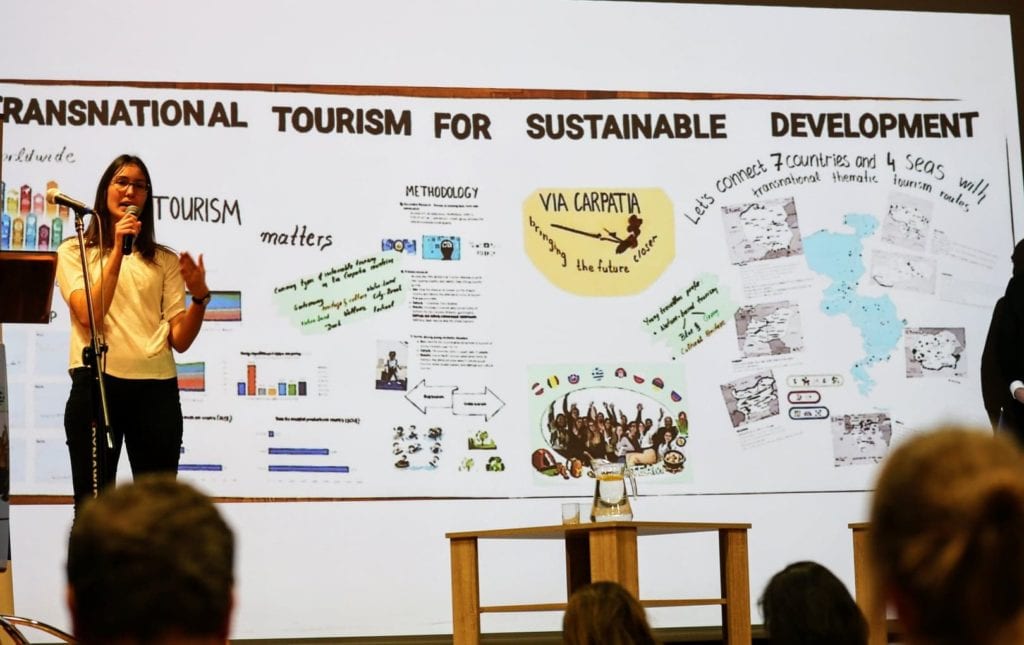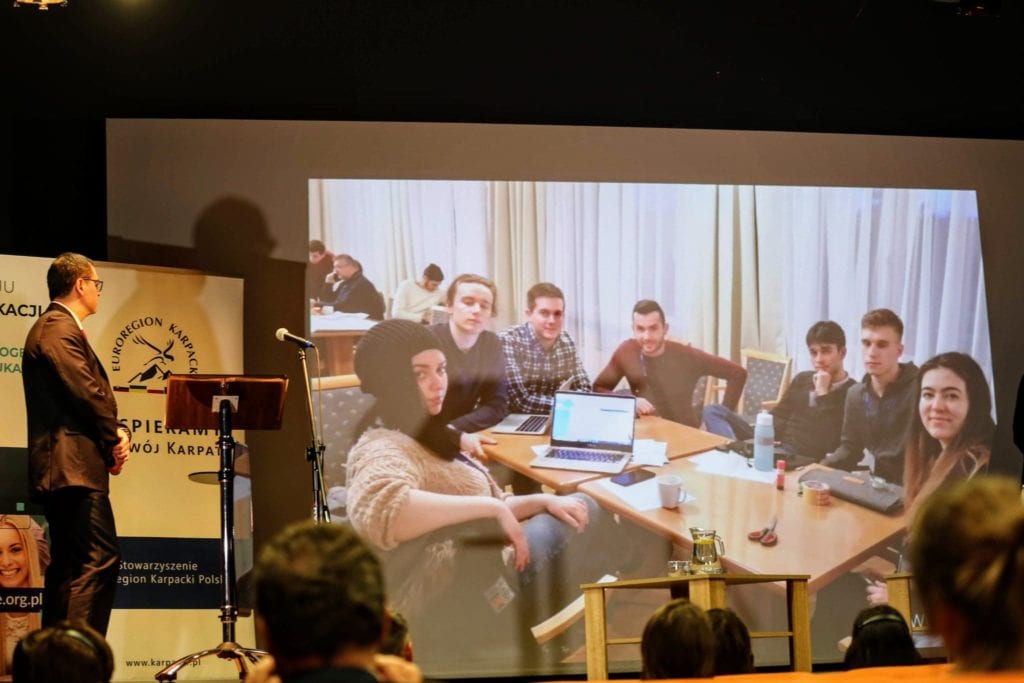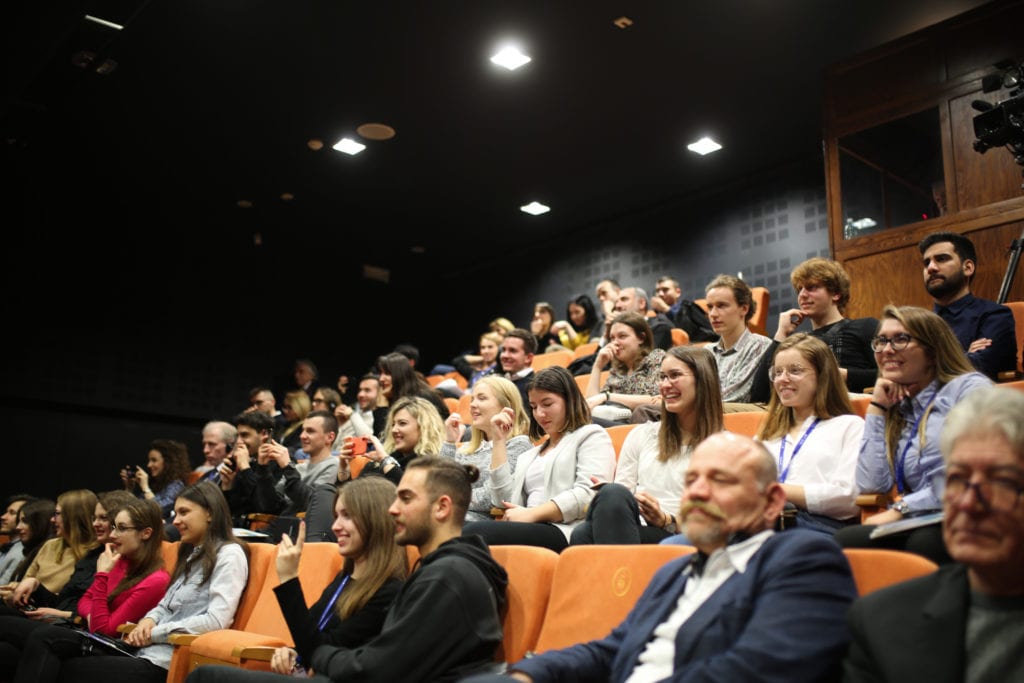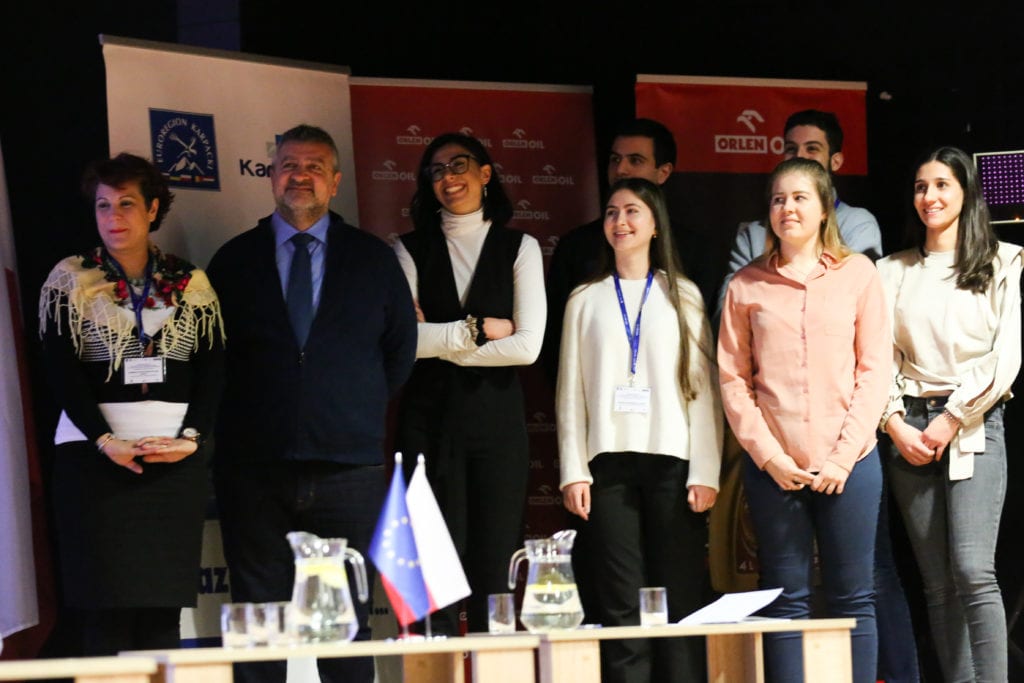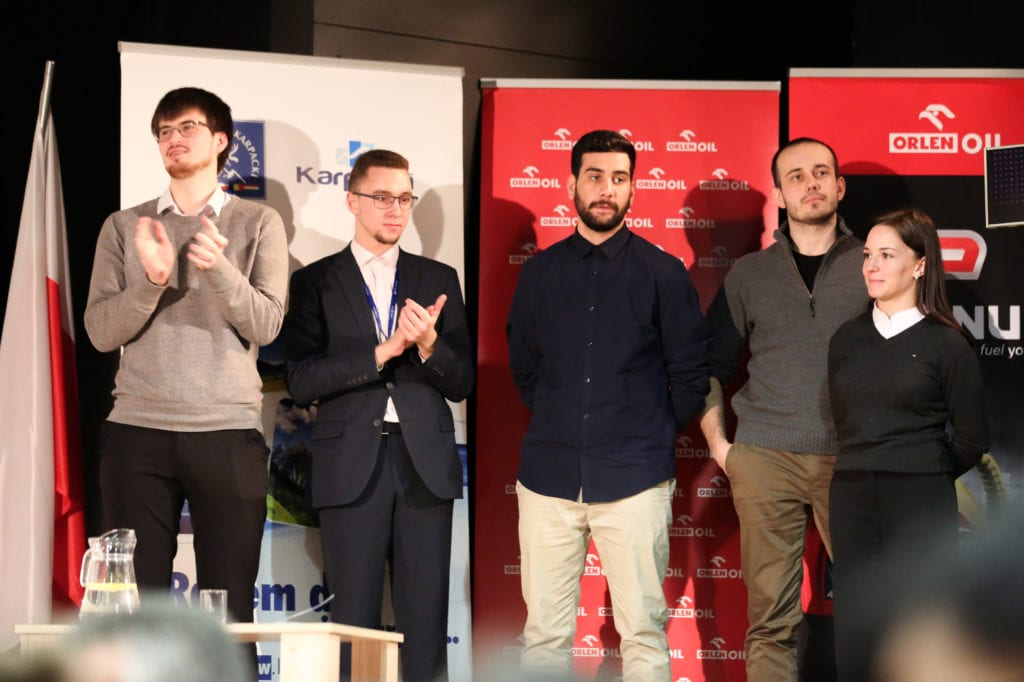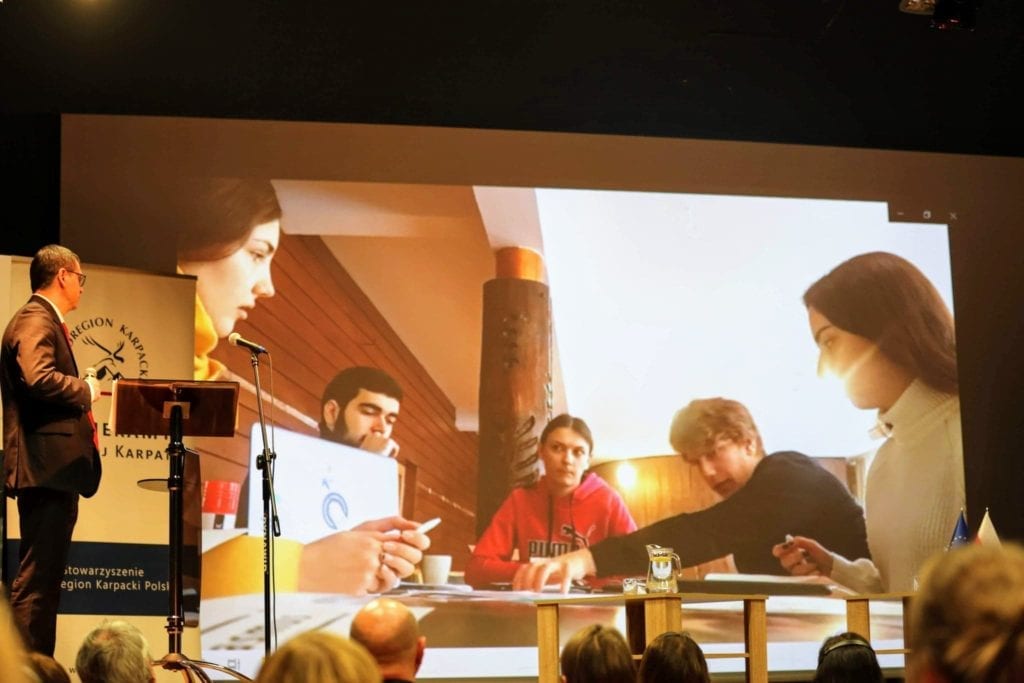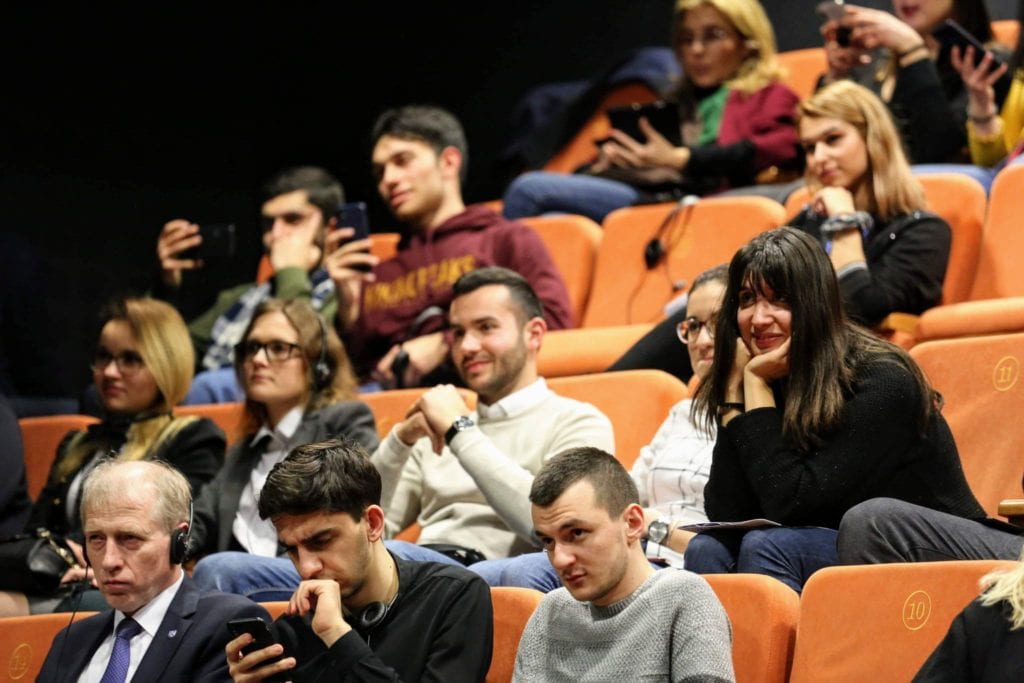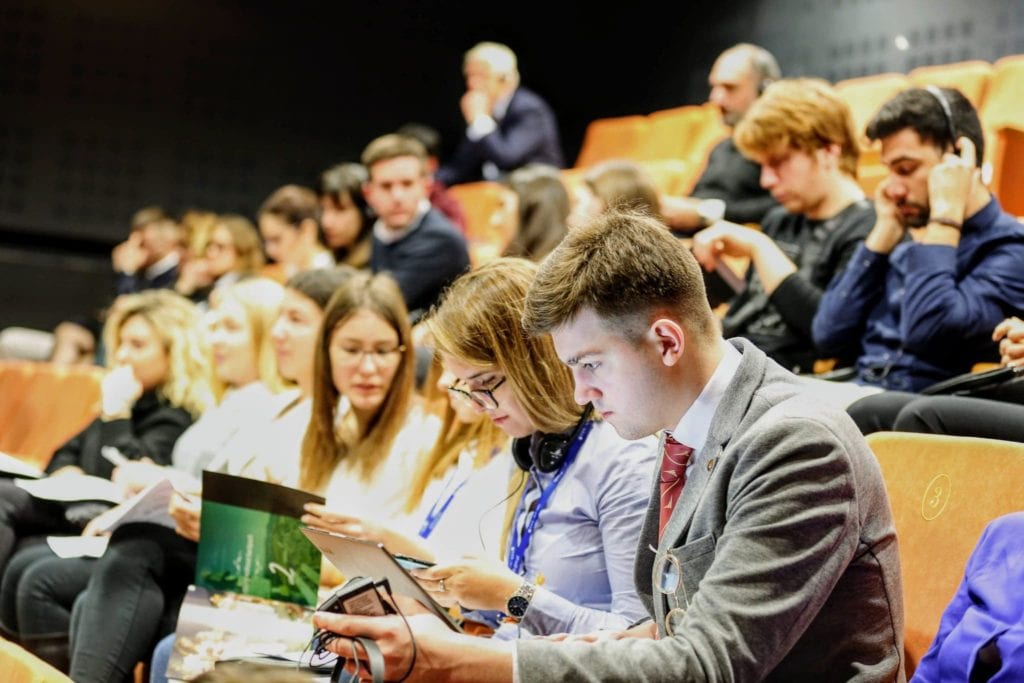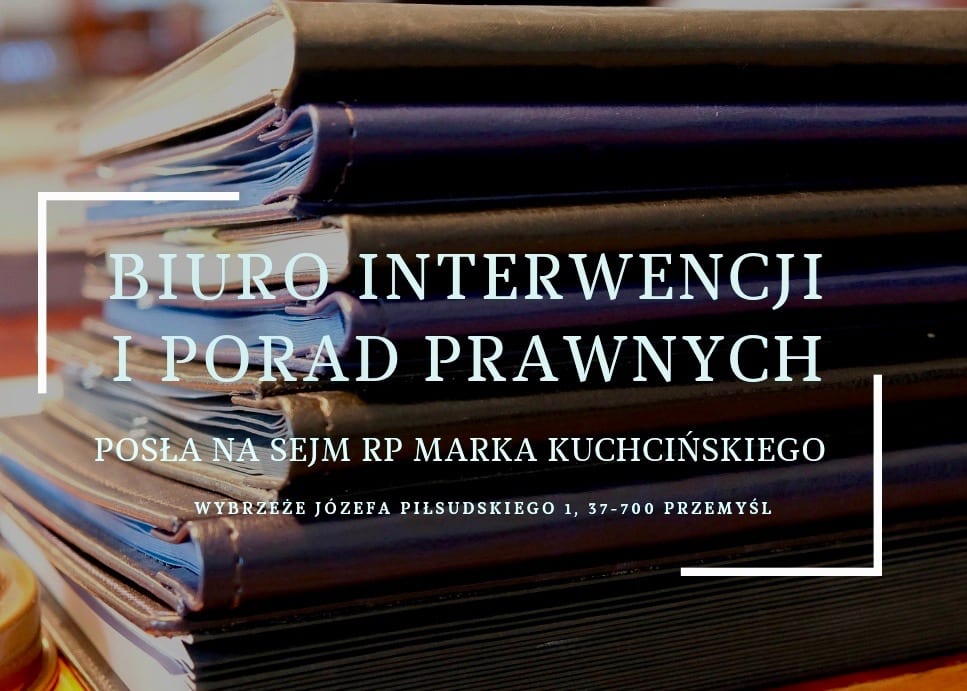Since the collapse of the communist system in Central and Eastern Europe, initiatives have been born and died that were intended to support mechanisms of cooperation between actors from different sectors in many fields. Three decades after the changes, it is worth considering how many of them were successful and how many did not survive and for what reasons. It seems that the Carpathian region is a particularly interesting example to discuss, because it is here, as the first Euroregion in post-communist Europe, that the Carpathian Euroregion was established in 1993. Ten years after its birth, the "Framework Convention on the Protection and Sustainable Development of the Carpathians" appeared. Despite the efforts, the Carpathian region remained outside the mainstream of the European development policy and outside the interest of the governments of the Carpathian countries, for which these border areas are socio-economic peripheries. However, time brings changes. On the initiative of the Government of the Republic of Poland, a Macroregional Strategy for the Carpathians is being developed and a programme for the region is being considered. For several years the Tri-City Initiative has also been promoted. Today it seems to be crucial to propose such actions that will create synergies between the initiatives and use them to the maximum extent. We should move from ephemeral cooperation to the integration of areas, from a project approach to a systemic approach. Without coordination of activities we cannot succeed. It is also impossible to survive in today's era. Participants from the world of politics, science, and business from various countries during the panel "From Cooperation to Integration - Foundations of a Common Social and Economic Space in Central and Eastern Europe" exchanged views on assessing the state of cooperation in Central Europe and its links with the outside world.
The initiator of the conference, former Speaker of the Sejm, MP Marek Kuchciński He spoke about rebuilding the relations of the countries in the region, destroyed only a little more than a generation ago. - In the Tri-Morocco belt we made a big effort and we have excellent results when it comes to culture or values of our civilization, while preserving regionalisms. We are part of Europe with the most borders: the European Union, Schengen, the Eurozone, and the challenges are many. - We use the proximity and the past of Central and Eastern European countries for development. We will accelerate it by acting together, focusing on what we have in common and on good information transfer. We would like to stimulate the Carpathian area - greenery, agro-culture, agriculture - to strengthen the economy, to develop, and for this we also need universities, the meeting of young people of Tri-City is a great idea - said Marek Kuchciński.
As the minister emphasized Małgorzata Jarosińska-Jedynak during the panel "Through the Carpathians - building research and academic cooperation structures in the Carpathian and Tri-Carpathian areas" - 10 years ago universities were slumbering, unable to do research work. Today we can say that we have engaging young people, great researchers and universities that are not afraid to take up challenges. So we should make the most of the university potential on the way to a better tomorrow.
According to the Minister of Funds and Regional Policy, huge money from the European Union level is committed to research and development, for innovation, EUR 100 billion under the central programme Horizon Europe and EUR 14 billion committed from the national level - so we have a large financial potential financial potential. The development of the region is mainly about entrepreneurship. Podkarpacie is the leader in 2019 economic growth of 7.8 percent of GDP growth. It is a region border region, struggling with many problems, and a tourist region. In order to make an effective projection of the future of In order to effectively project the future of Central and Eastern Europe, it is necessary to involve in the process of its programming young academics - the future social, economic and political elites of the area. The future social, economic and political elites of this area. The following should be used The existing scientific and research centers and academic circles should be used and provided with The existing scientific and research centers and academic circles should be used and provided with opportunities for effective development cooperation.
To this end, within the framework of the ASECU Winter School during the 1st International Cooperation Week in the Carpathians, workshops were organized during which the young academics together with the scientific staff and with the support of domain experts worked out concepts for international projects in many fields. During the three-day workshop in Polańczyk more than 100 students and academics from 16 countries representing 20 universities discussed the future of cooperation in Central and Eastern Europe, focusing on the most relevant topics such as geopolitical conditions of the area, opportunities and barriers to economic growth, environmental protection, climate change, energy policy, security, development of border areas, tourism or scientific cooperation. It is important to note that during the work the working groups supported by experts developed concepts in territorial terms, i.e. for the Carpathian Euroregion and more broadly for the Tri-Carpathian area. Conclusions and recommendations from the workshops were presented during the Conference within the framework of the 1st International Forum for Youth Cooperation of the Carpathian Area and the Tri-Mountain Initiative, which took place on 21 February 2020 in Przemyśl. According to students Via Carpatia has a chance to connect Europe economically and culturally. We need a strong Union - not only political, but also a Union of the road. Academic youth of the Carpathians and the Tri-Carpathians also believe that there should be common forms of tourism, such as: green tourism, cycling, water-based tourism, walking or cultural - based on heritage and create thematic routes, creating unity in Europe.
text, photo: mo
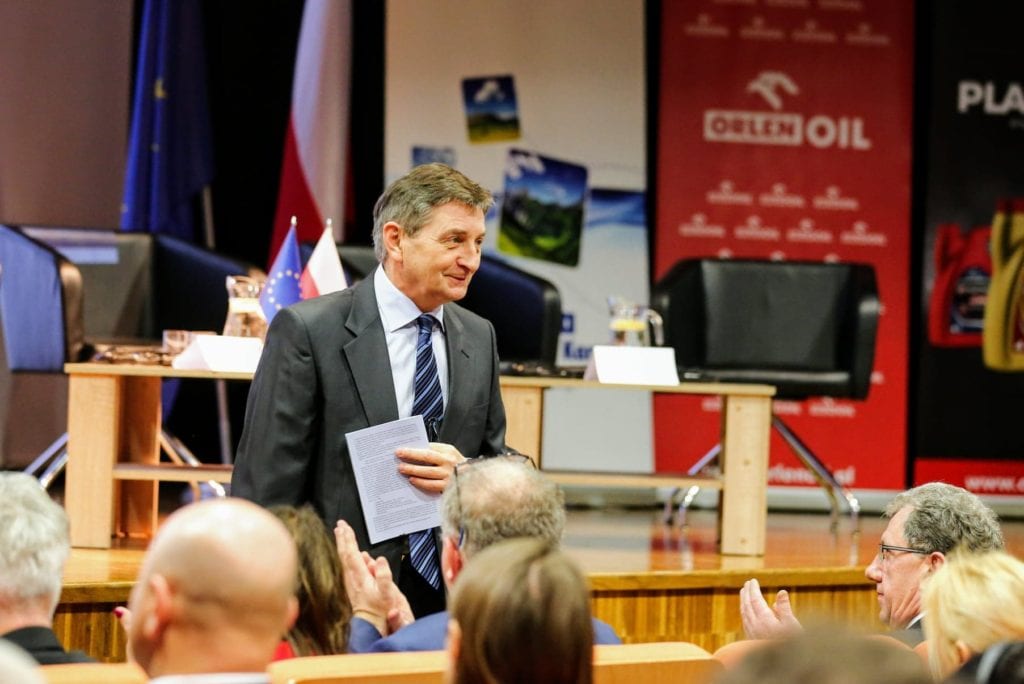
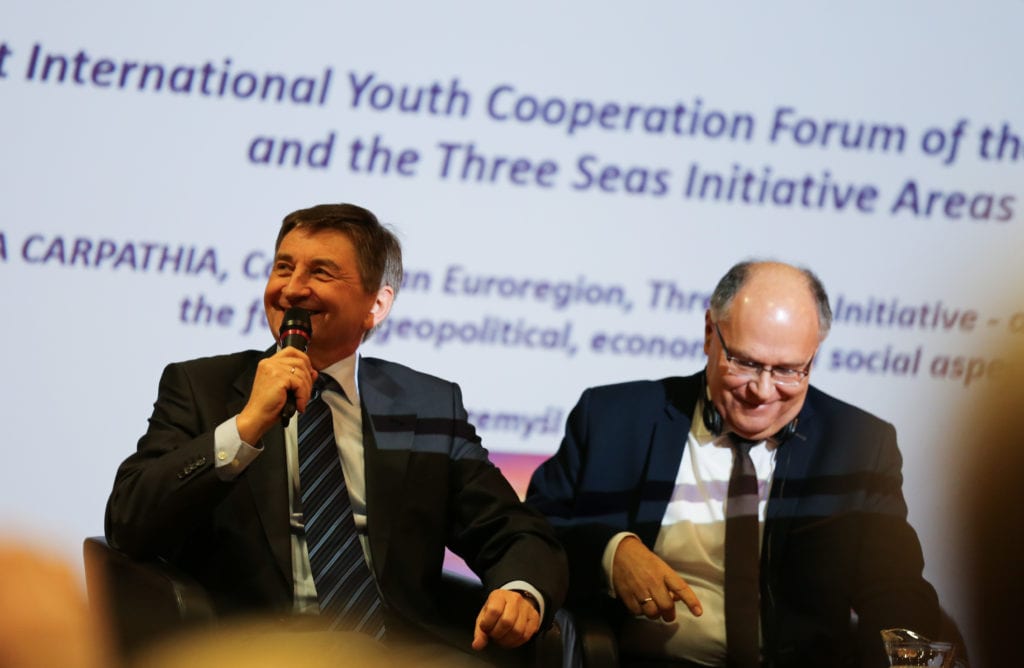
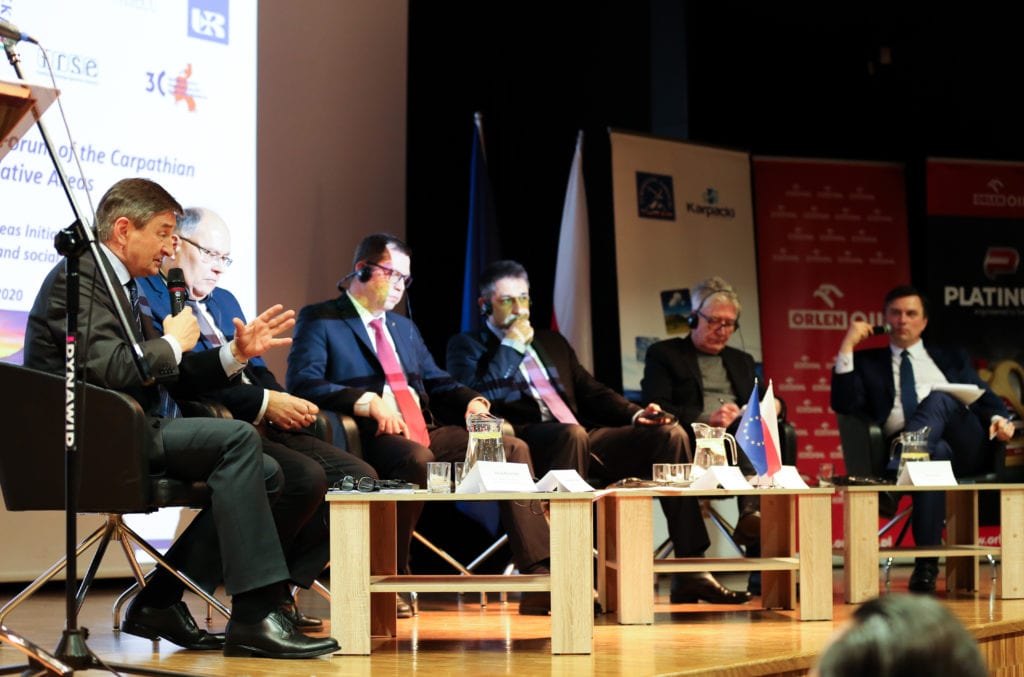

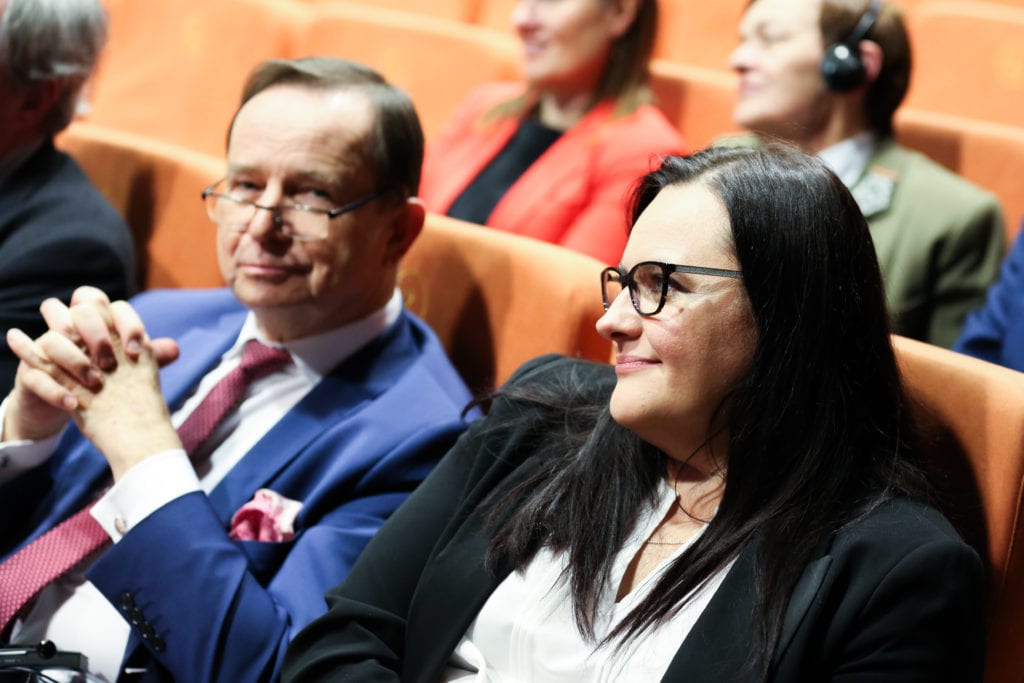
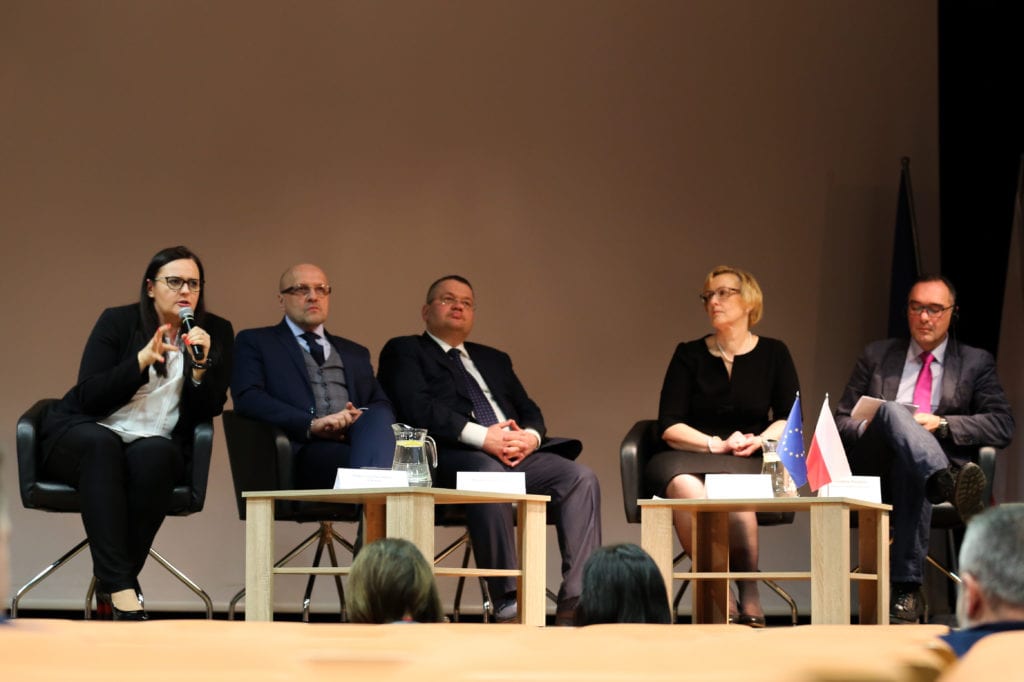
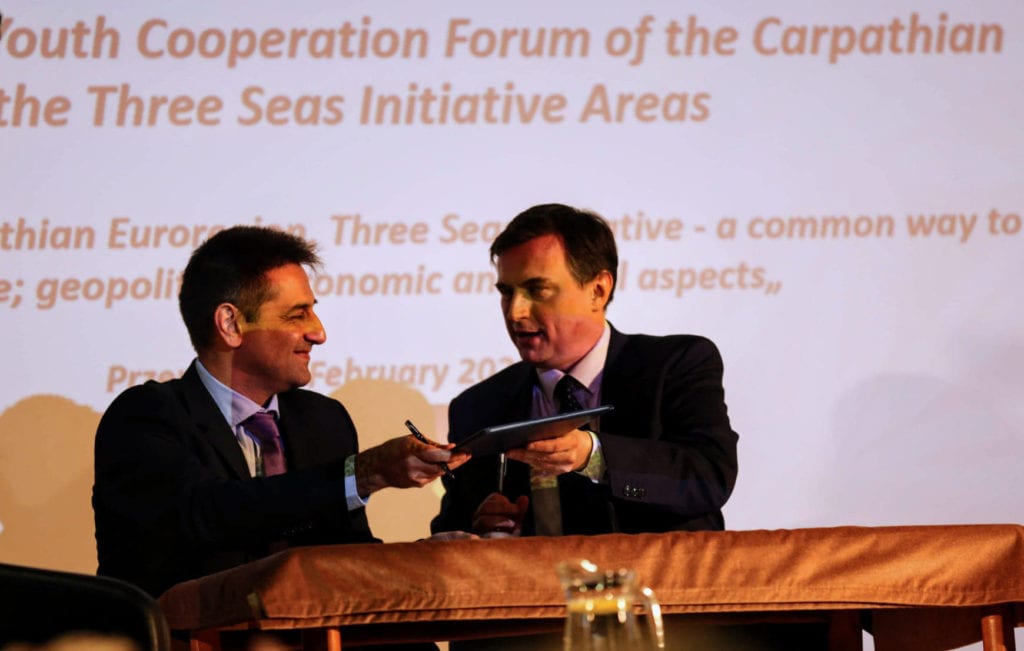
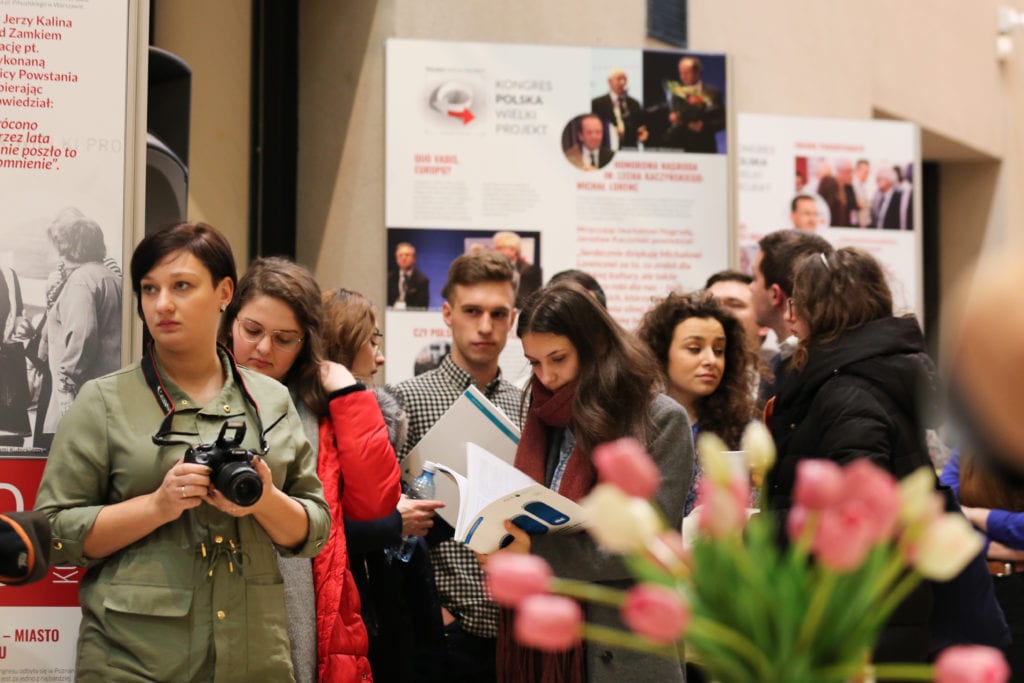

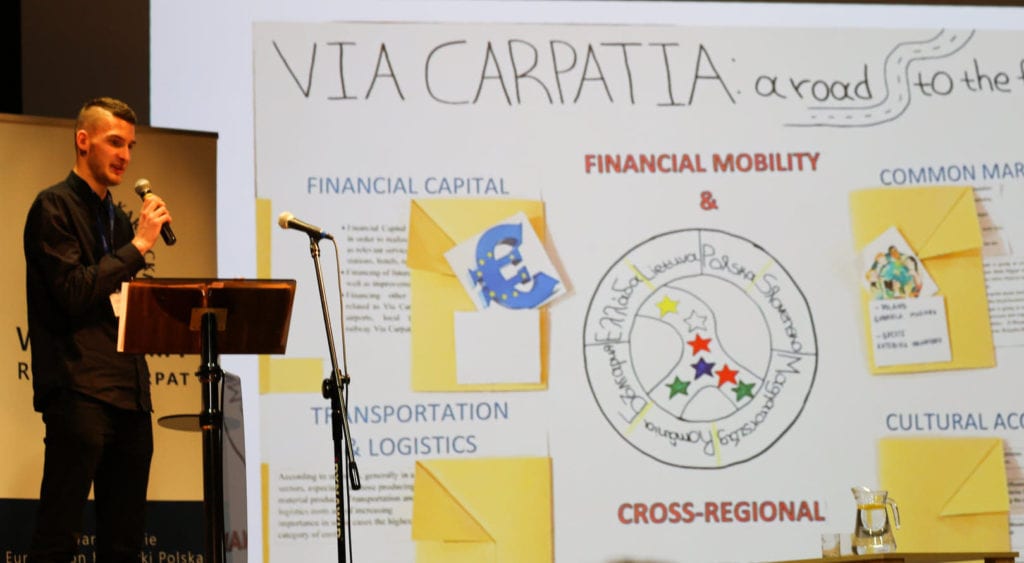
During the Session, the results of each workshop were presented and discussed:
History of Southeast Europe as a common socio-economic and cultural area.
History of the Via Carpathia, the Carpathian Euroregion and the Tri-Carpathian Initiative and the current state of implementation.
Technical, institutional and financial issues of Via Carpatia, Carpathian Euroregion and the Tri-Carpathian Initiative
The importance of Via Carpathia, the Carpathian Euroregion and the Tri-Cities for trade relations in the region.
The importance of Via Carpathia, the Carpathian Euroregion and the Tri-Regional Initiative for financial mobility and interregional investment.
The importance of the Via Carpathia, the Carpathian Euroregion and the Tricity for interregional tourism and tourist attractiveness of the region.
Via Carpathia, the Carpathian Euroregion and the Tri-Mountain Initiative and cultural connections / intercultural communication in the region.
Geopolitical significance of the Via Carpatia, the Carpathian Euroregion and the Carpathian Euroregion and the Tri-Moroccan Initiative
The work resulted in the creation of posters related to particular thematic areas, e.g.
VIA CARPATIA: Institutional, Technical & Financial Issues
Geo-political significance of Via Carpatia. A journey to the 2040.
Via Carpatia: Past & Present
Similarity and Diversity across Centuries in SEE Transnational Tourism For Sustainable Development
Via Carpatia connecting cultures


